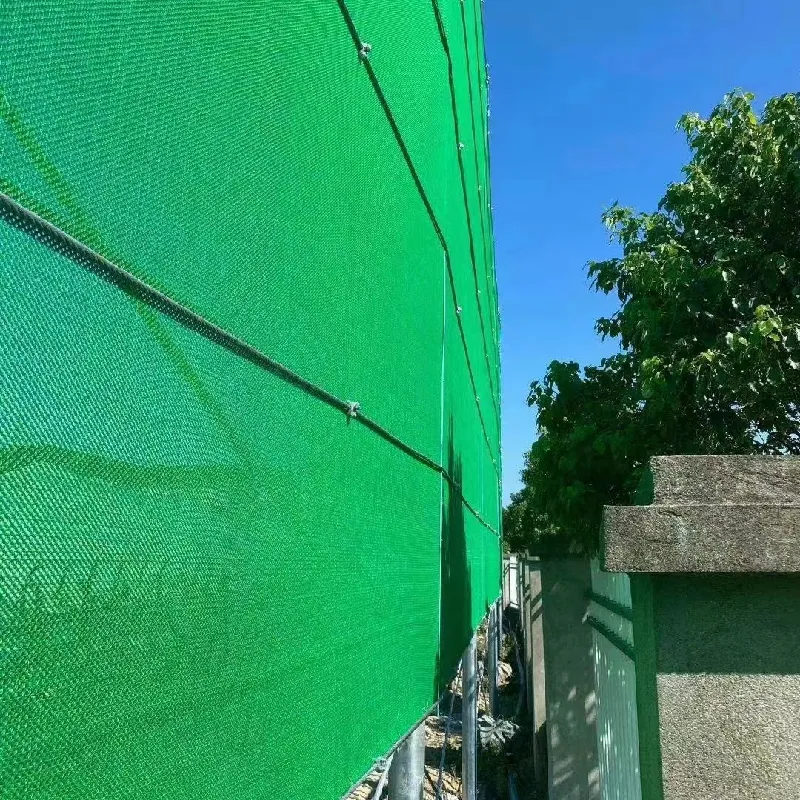-
 Afrikaans
Afrikaans -
 Albanian
Albanian -
 Amharic
Amharic -
 Arabic
Arabic -
 Armenian
Armenian -
 Azerbaijani
Azerbaijani -
 Basque
Basque -
 Belarusian
Belarusian -
 Bengali
Bengali -
 Bosnian
Bosnian -
 Bulgarian
Bulgarian -
 Catalan
Catalan -
 Cebuano
Cebuano -
 China
China -
 Corsican
Corsican -
 Croatian
Croatian -
 Czech
Czech -
 Danish
Danish -
 Dutch
Dutch -
 English
English -
 Esperanto
Esperanto -
 Estonian
Estonian -
 Finnish
Finnish -
 French
French -
 Frisian
Frisian -
 Galician
Galician -
 Georgian
Georgian -
 German
German -
 Greek
Greek -
 Gujarati
Gujarati -
 Haitian Creole
Haitian Creole -
 hausa
hausa -
 hawaiian
hawaiian -
 Hebrew
Hebrew -
 Hindi
Hindi -
 Miao
Miao -
 Hungarian
Hungarian -
 Icelandic
Icelandic -
 igbo
igbo -
 Indonesian
Indonesian -
 irish
irish -
 Italian
Italian -
 Japanese
Japanese -
 Javanese
Javanese -
 Kannada
Kannada -
 kazakh
kazakh -
 Khmer
Khmer -
 Rwandese
Rwandese -
 Korean
Korean -
 Kurdish
Kurdish -
 Kyrgyz
Kyrgyz -
 Lao
Lao -
 Latin
Latin -
 Latvian
Latvian -
 Lithuanian
Lithuanian -
 Luxembourgish
Luxembourgish -
 Macedonian
Macedonian -
 Malgashi
Malgashi -
 Malay
Malay -
 Malayalam
Malayalam -
 Maltese
Maltese -
 Maori
Maori -
 Marathi
Marathi -
 Mongolian
Mongolian -
 Myanmar
Myanmar -
 Nepali
Nepali -
 Norwegian
Norwegian -
 Norwegian
Norwegian -
 Occitan
Occitan -
 Pashto
Pashto -
 Persian
Persian -
 Polish
Polish -
 Portuguese
Portuguese -
 Punjabi
Punjabi -
 Romanian
Romanian -
 Russian
Russian -
 Samoan
Samoan -
 Scottish Gaelic
Scottish Gaelic -
 Serbian
Serbian -
 Sesotho
Sesotho -
 Shona
Shona -
 Sindhi
Sindhi -
 Sinhala
Sinhala -
 Slovak
Slovak -
 Slovenian
Slovenian -
 Somali
Somali -
 Spanish
Spanish -
 Sundanese
Sundanese -
 Swahili
Swahili -
 Swedish
Swedish -
 Tagalog
Tagalog -
 Tajik
Tajik -
 Tamil
Tamil -
 Tatar
Tatar -
 Telugu
Telugu -
 Thai
Thai -
 Turkish
Turkish -
 Turkmen
Turkmen -
 Ukrainian
Ukrainian -
 Urdu
Urdu -
 Uighur
Uighur -
 Uzbek
Uzbek -
 Vietnamese
Vietnamese -
 Welsh
Welsh -
 Bantu
Bantu -
 Yiddish
Yiddish -
 Yoruba
Yoruba -
 Zulu
Zulu
Feb . 18, 2025 07:16
Back to list
big bug netting
The application and evolution of stainless steel cable netting have transformed architectural safety and design innovation. As a versatile material, it not only ensures robust safety measures but also enhances aesthetic appeal, thus bridging the gap between functionality and design.
From an environmental perspective, stainless steel cable netting is a sustainable material. It is fully recyclable and contributes to LEED certifications by enhancing energy efficiencies through its design capabilities that promote natural lighting and airflow. This sustainability aspect is crucial for green building, responding to the increasing demand for eco-friendly construction practices. In the realm of art installations, stainless steel cable netting supports creativity by offering a canvas that blends art with functional design. Artists and architects often collaborate to design installations where the netting serves both as a structural support and as part of the artwork itself. Its use in these projects demonstrates its versatility beyond conventional applications. The choice of stainless steel cable netting is supported by extensive research and development in materials science, substantiating its status as an authoritative solution in the industry. Leading manufacturers and suppliers continually invest in testing and developing innovative applications, ensuring compliance with international standards and specifications. This commitment to excellence establishes trust among architects, designers, and construction professionals. In conclusion, stainless steel cable netting is more than just a component used for construction or safety; it embodies a synthesis of technological advancement and aesthetic design. Its applications are as diverse as they are profound, providing solutions that meet the demands of modern architecture while setting new standards for sustainability and safety. For any project requiring a blend of transparency, strength, and style, stainless steel cable netting is an unparalleled choice, showcasing expertise, reliability, and cutting-edge innovation in the field of architectural design and construction.


From an environmental perspective, stainless steel cable netting is a sustainable material. It is fully recyclable and contributes to LEED certifications by enhancing energy efficiencies through its design capabilities that promote natural lighting and airflow. This sustainability aspect is crucial for green building, responding to the increasing demand for eco-friendly construction practices. In the realm of art installations, stainless steel cable netting supports creativity by offering a canvas that blends art with functional design. Artists and architects often collaborate to design installations where the netting serves both as a structural support and as part of the artwork itself. Its use in these projects demonstrates its versatility beyond conventional applications. The choice of stainless steel cable netting is supported by extensive research and development in materials science, substantiating its status as an authoritative solution in the industry. Leading manufacturers and suppliers continually invest in testing and developing innovative applications, ensuring compliance with international standards and specifications. This commitment to excellence establishes trust among architects, designers, and construction professionals. In conclusion, stainless steel cable netting is more than just a component used for construction or safety; it embodies a synthesis of technological advancement and aesthetic design. Its applications are as diverse as they are profound, providing solutions that meet the demands of modern architecture while setting new standards for sustainability and safety. For any project requiring a blend of transparency, strength, and style, stainless steel cable netting is an unparalleled choice, showcasing expertise, reliability, and cutting-edge innovation in the field of architectural design and construction.
Next:
Latest news
-
The Sunshade Net Can Block Ultraviolet RaysNewsAug.11,2025
-
Main Application and Technology of Nylon ScreenNewsAug.11,2025
-
Green Anti UV Sunshade Net: The Perfect Combination of Ecological Friendliness and Practical PerformanceNewsAug.11,2025
-
Explore the Sunshade NetNewsAug.11,2025
-
Application and Development of Nylon Screen in Fuel Processing and TreatmentNewsAug.11,2025
-
Application and Advantages of Nylon Screen for AquacultureNewsAug.11,2025











